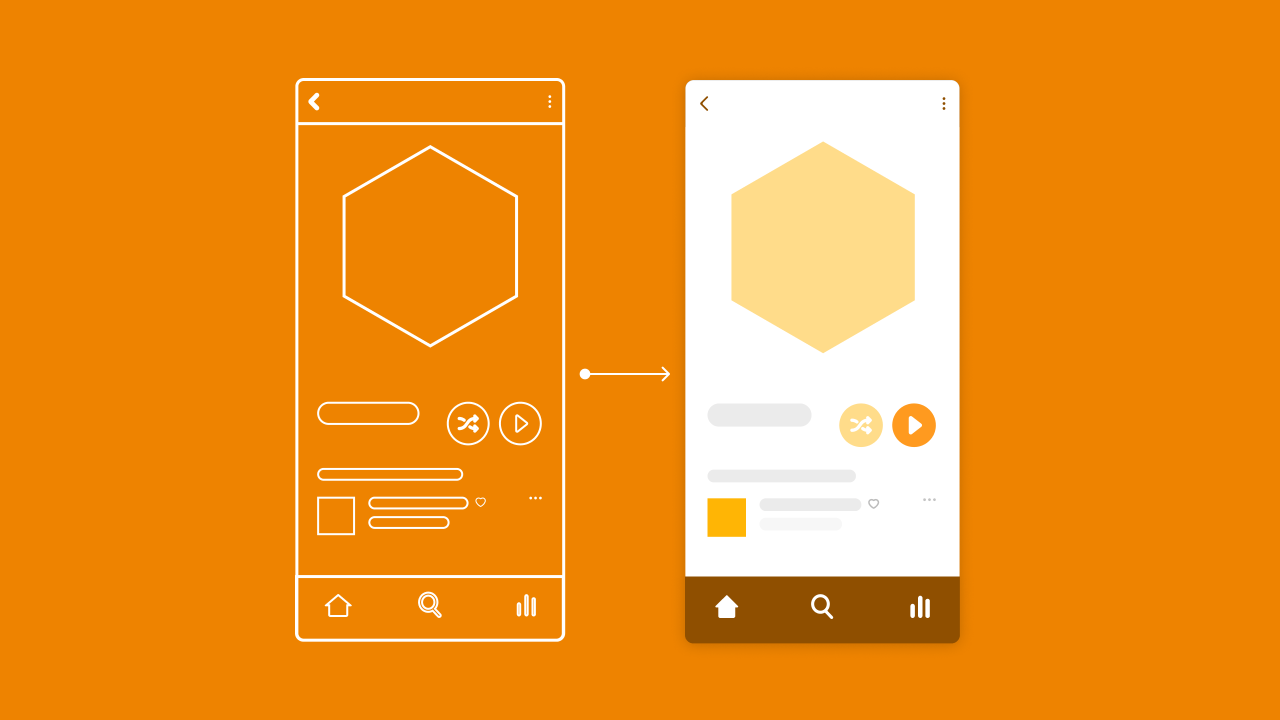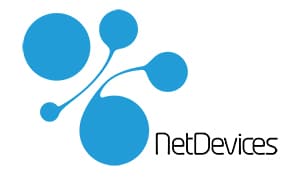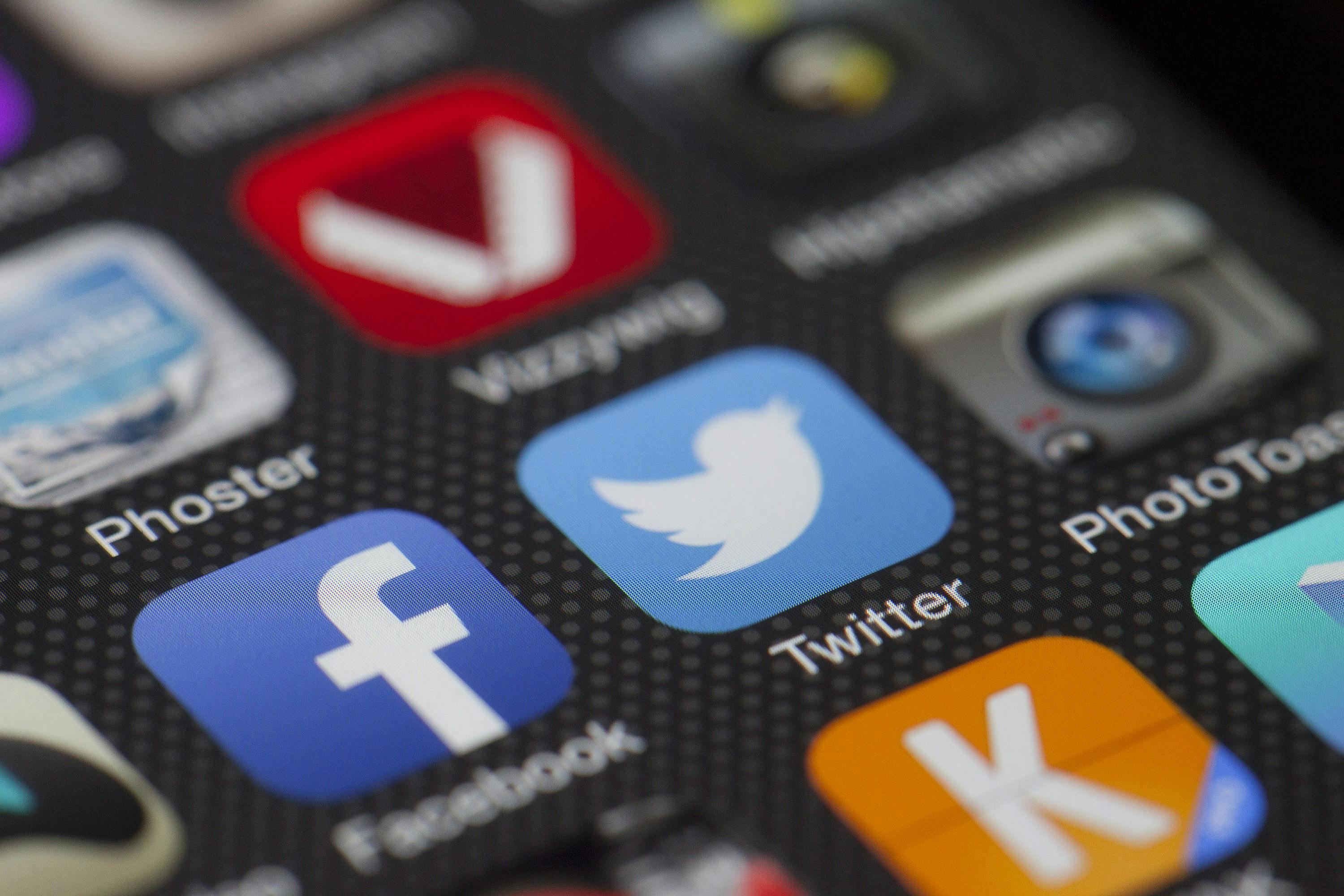Article updated on September 6, 2024
For founders looking to build and launch a new application, learning and understanding the lingo can make all the difference...

If you're thinking about creating a application or launching a startup, you've probably heard two words thrown around more times than you can count: prototype and MVP. But what's the difference - is there a difference? When you think about it, how is a "minimum viable product" different from a prototype?
And where does each term fit into the overall end-to-end product development process, starting with a product idea, gathering user feedback, deciding on a feature set and building your final product?
MVP vs prototype
Although prototypes and MVP are often closely associated, or even mistakenly used synonymously, they fulfil two different functions. Both terms are used in early-stage product development to help validate a product concept.
A prototype helps you gather user feedback on key features with test users to confirm that your solution solves a problem.
An MVP - also known as a Minimum Viable Product - is a working, market-ready version of your application that helps validate product-market fit with a core set of features, usually adopted by early adopters. It is not traditionally considered a "final product" (although we do have some thoughts on the subject).
Both help you identify and define your core characteristics.
Whether you're building a prototype or an MVP, you'll first want to reduce your product concept to a set of core features and functionality that solve your target user's problem.
If you've never done this before, it can be helpful to think about questions like:
- What objectives or tasks will a user have to accomplish?
- What pages, experiences or navigation elements must exist to accomplish these goals or tasks?
- What are users' absolute minimum requirements for solving their problem?
Once you've decided on your most essential features, you're ready to move on to the phase of testing your concept with target users - also known as the prototyping phase.
What is a prototype?
In the traditional worlds of software and product developmentprototypes usually involve building an example of yourapplication idea to put in front of potential users for feedback. You may even have heard the term "rapid prototyping" used to describe the process of rapidly changing your prototype designs based on initial feedback and observations.
In fact, several tools exist to help teams and founders prototype their product concepts quickly and efficiently.
But before we go any further, you may want to know this: We have a slightly different vision of traditional prototyping and prototyping.
It's not that prototypes aren't useful - conceptually, they're a practical way of testing your idea and doing user trials before investing too much time, energy or resources in your product - but they've historically been seen as something you spend months developing just to throw away when you're ready to build "the real thing" or "the final product".
We reject the prevailing idea that you should throw away your prototype after testing it.
What are the advantages of prototyping?
One of the biggest advantages of prototyping is that it's a quick and inexpensive way of testing a product idea before investing time, money and development resources.
Because a prototype is a test version of your application, it can be as simple as a drawing that you show to someone for feedback. A more sophisticated prototype could be a series of clickable screens that you simulate using design software. In any case, with prototypes, you can test a few features, gather feedback and make changes quickly to validate your idea forapplication and its general use.
By focusing on the most important problems to solve, you can start to identify the features that need to be included to make your application useful - and those that can wait.
What are the disadvantages of prototyping?
Sometimes, it can be hard to know when you've prototyped enough - in fact, many founders get stuck in a loop of gathering feedback, iterating on their prototype to reflect that feedback, gathering more feedback and iterating some more. It can be scary and unclear exactly when you're "ready" to start building "the real thing".
Moreover, because prototypes are not truly functional, they may not reflect true market desirability or viability.
If you don't build on a platform like Bubble, you run the risk of spending hours and hours building prototypes that might end up being thrown away instead of being continually iterated and improved.
What is an MVP?
Think of a minimum viable product - or MVP - as a lightweight, early functional version of a product. It has only basic functionality and adds just enough value to make your customers want it.
It's common for founders to have different views on the minimum viable product approach. After all, why develop a product that is just the bare minimum? The point of developing an MVP is to avoid wasting time on time-consuming and costly work that involves building "nice-to-have" features that aren't really essential.
MVPs are designed to get you to market faster, show traction faster and learn from real users faster - but without all the frills. After all: it's literally a minimum viable product.
What are the advantages of an MVP?
When you focus on developing a minimum viable product, you eliminate unnecessary and superfluous features - it forces you to be clear about the problem your product idea solves, and the core functionality needed to solve it.
MVPs also help you start thinking about how you might develop and scale these core features - and even shape your business model - without getting distracted by less important features.
What's more, developing an MVP brings you to market with early adopters. Your product is no longer just a hypothetical prototype - it's a working, publicly available application . It may not be fancy, but it works and solves a problem. What's more, for founders looking to raise funds, a minimum viable product lets you tell investors that you already have paying users, customer feedback and a plan for growth.
What are the disadvantages of an MVP?
Sometimes, it can be difficult to determine which features are really valuable enough to merit a place in the range. By prototyping and testing your business idea before starting MVP development, you can get a better idea of what's most important to users.
Another disadvantage of MVP using traditional software development methods is that developers are often focused on the fastest possible launch - but not on other areas such as security or scalability.
The result, unfortunately, is that many MVPs accumulate a significant technical debt as development teams attempt to push the boundaries of their initial base, or the MVP is abandoned entirely in favor of a rebuild - both requiring time, money and effort.
Why founders should care about MVPs, prototypes and V1s
The early days of software and product development can feel like a journey through the alphabet. Knowing where to start can seem overwhelming and confusing: MVP vs prototype. Prototype vs MVP. MVP vs V1 - wait, what's a V1?
V1″ stands for "version 1" - very literally, the first version of your product.
We're all for embracing V1. We live in a fast-paced, constantly evolving world - user feedback and iteration don't stop once you've officially launched. The idea of a "final product" is a myth.
For founders looking to run a start-up agile and efficiently design, test, build, iterate and scale, contact us right now!
With our expertise in application development and our mastery of technologies, we are able to design 100% customized solutions.
Whether you'd like more information or a free quote, our team is on hand to answer all your questions.


